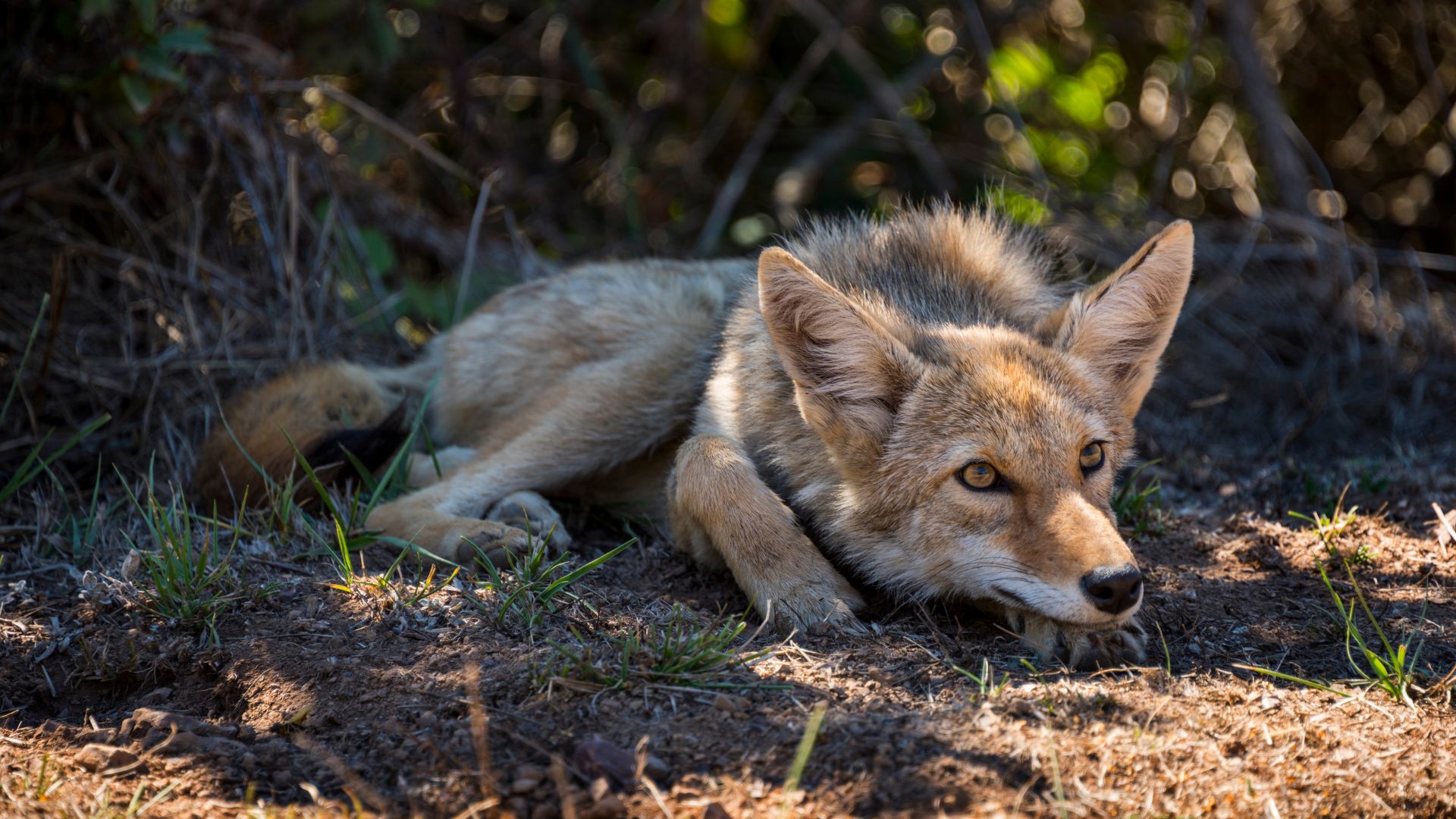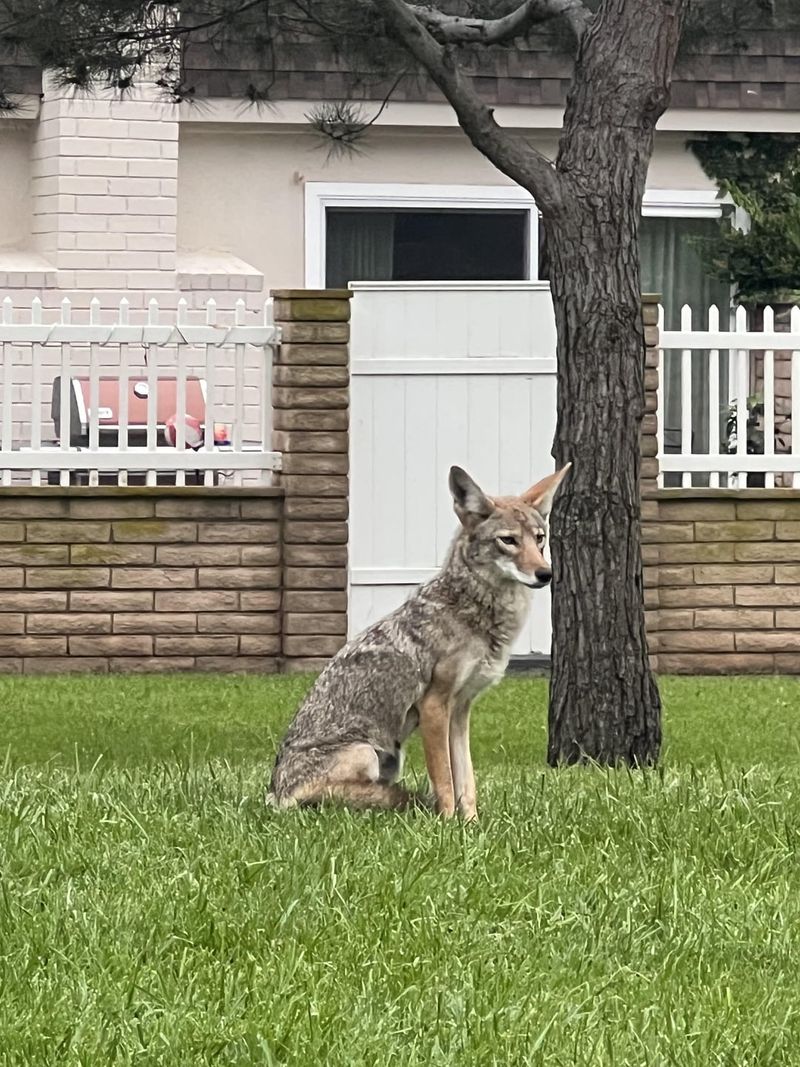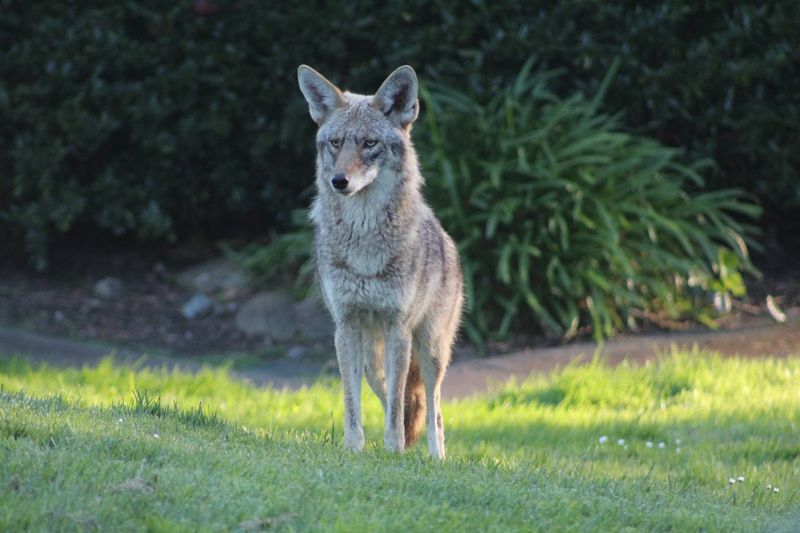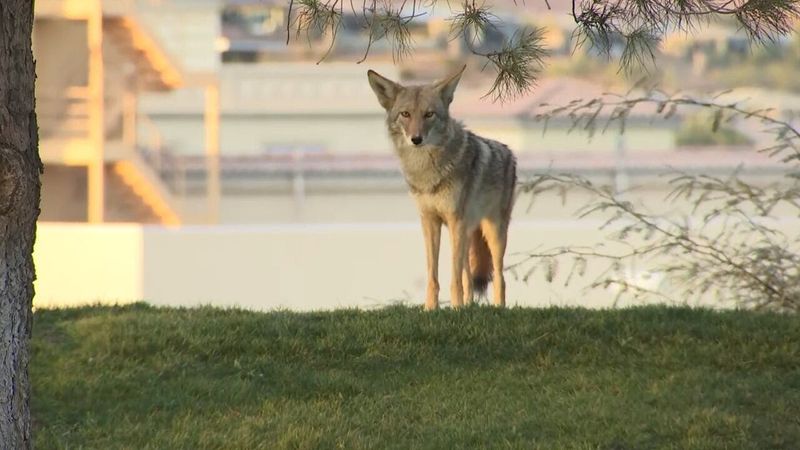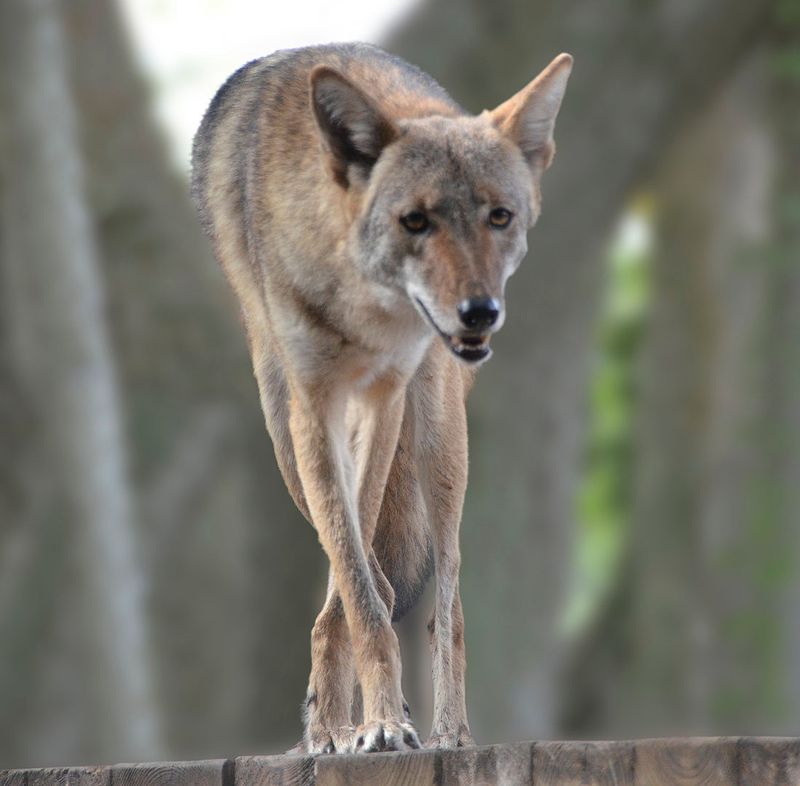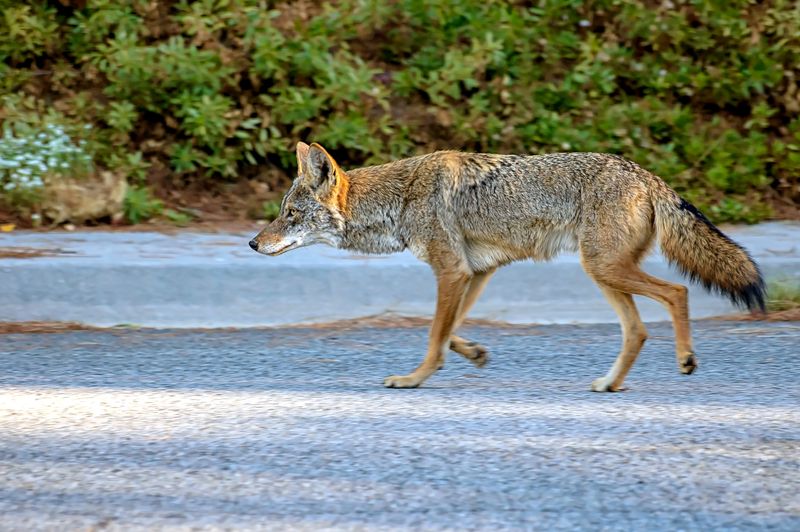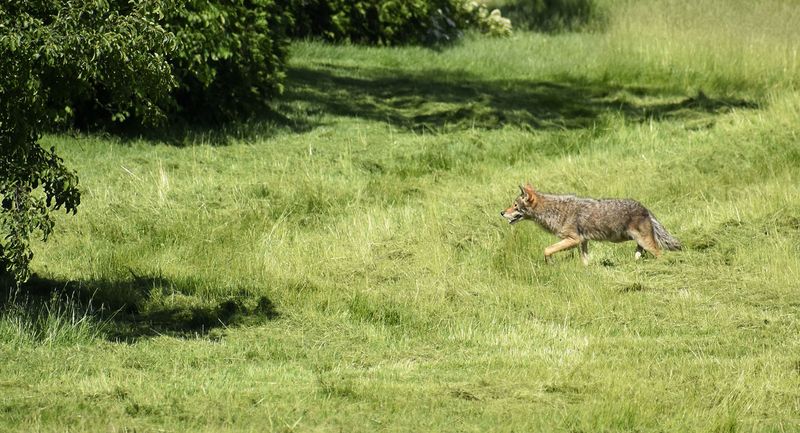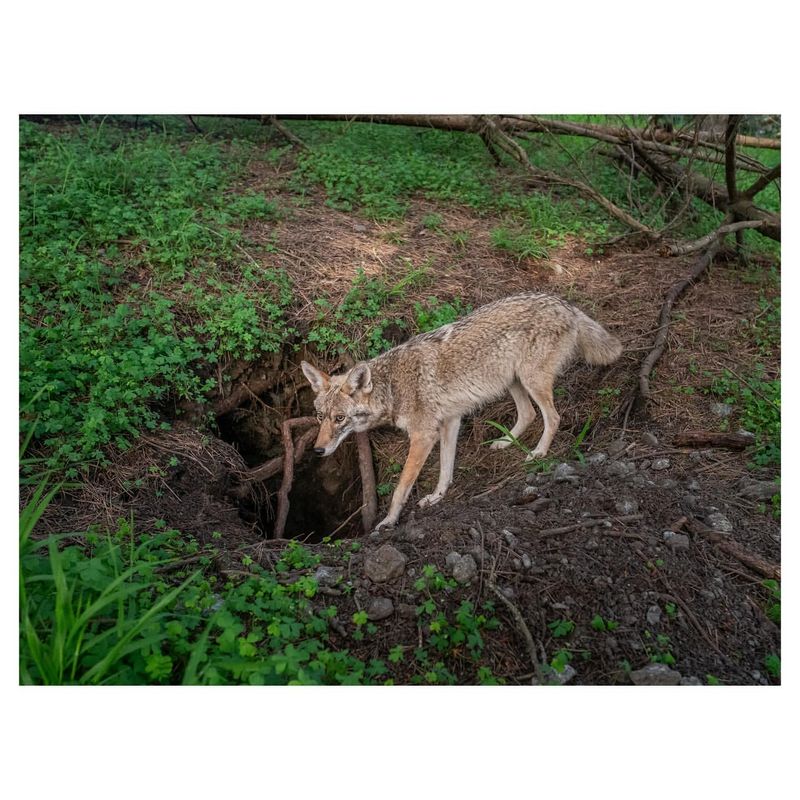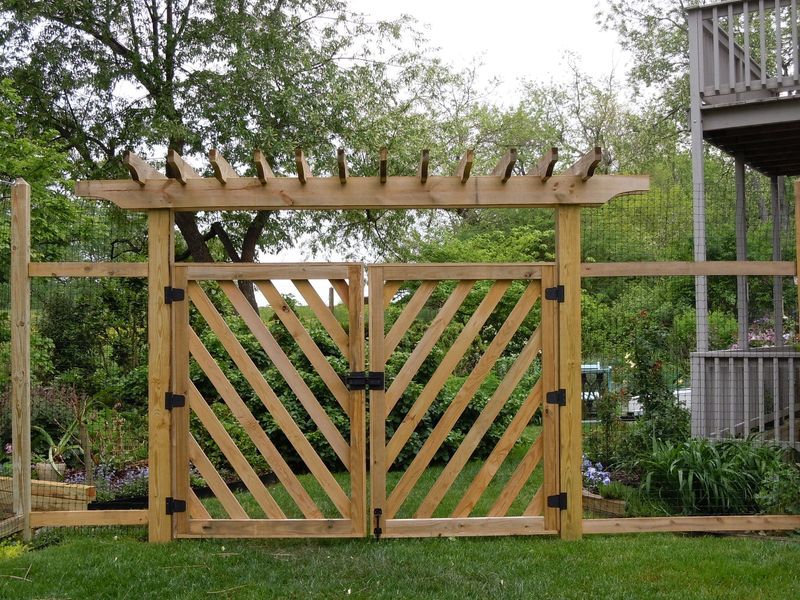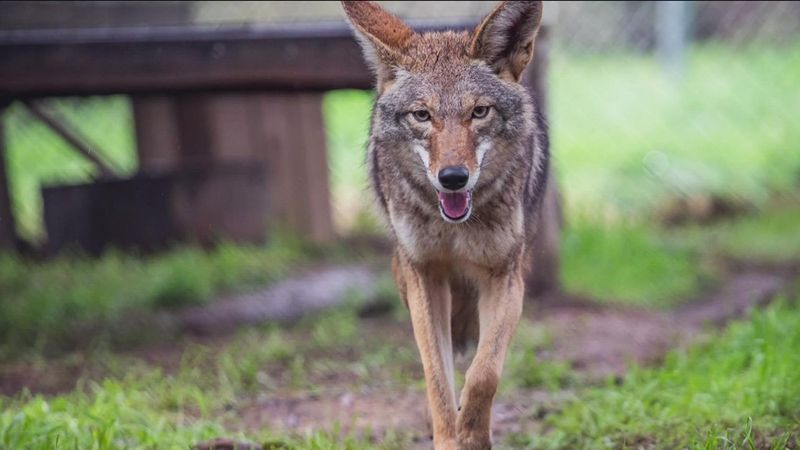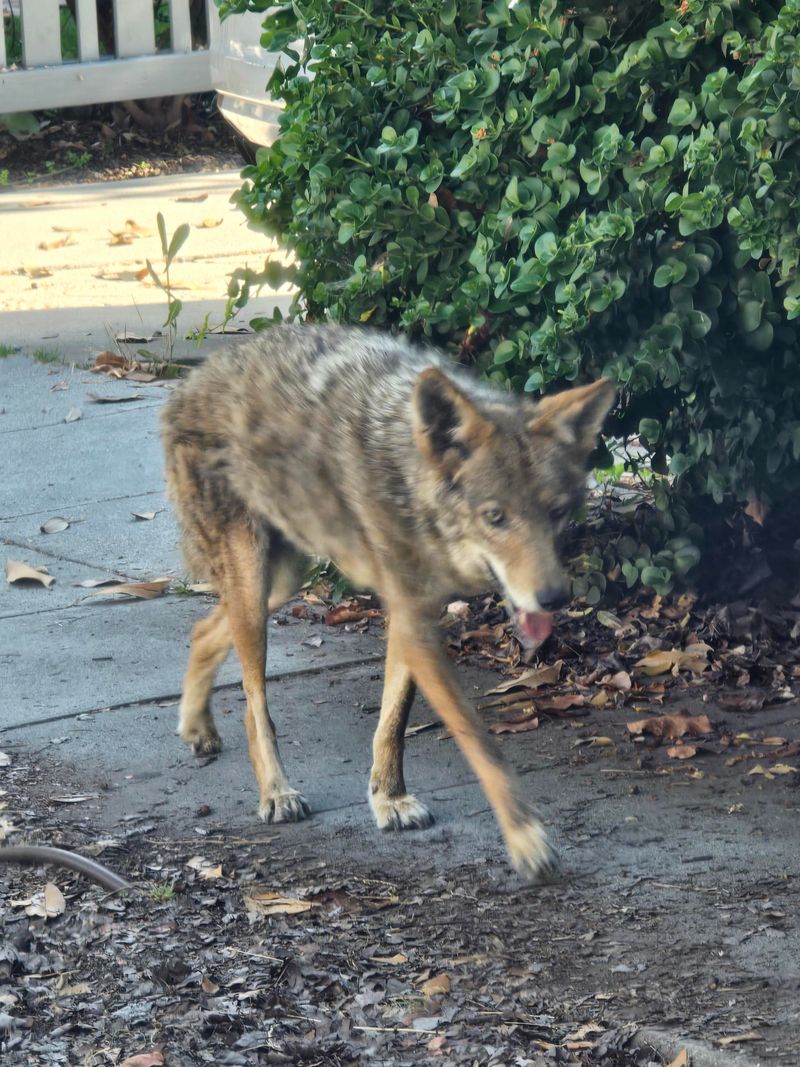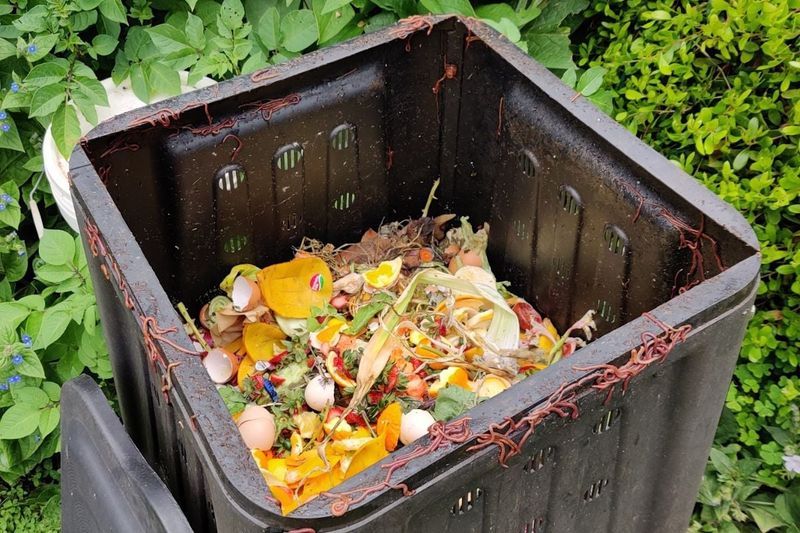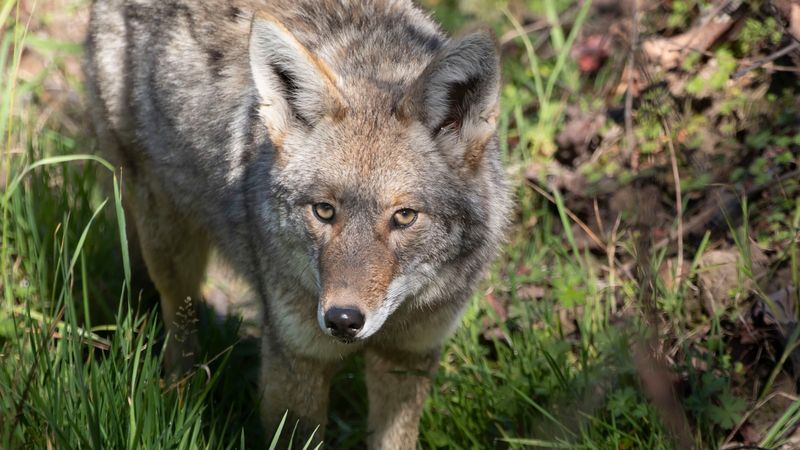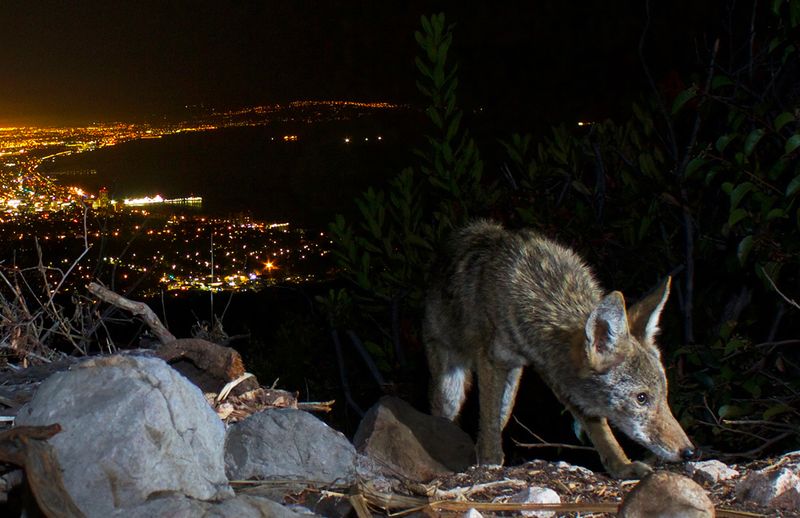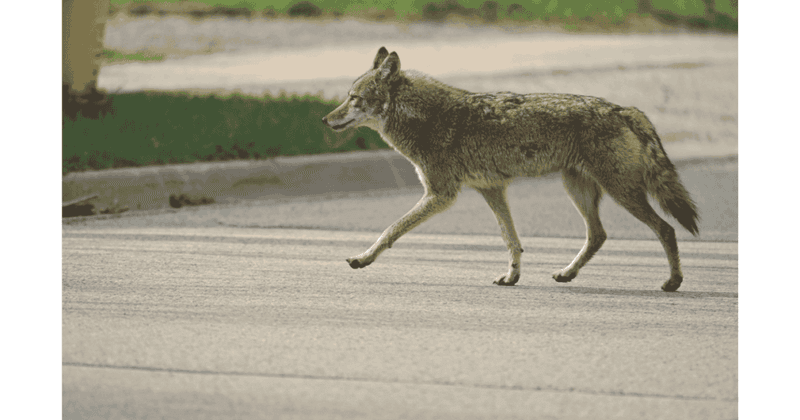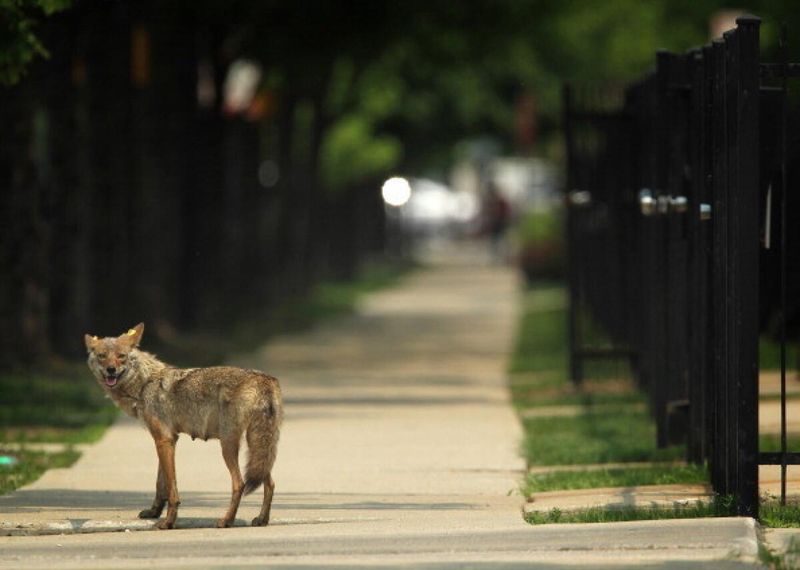Coyotes are showing up more often in California yards—and not just in the countryside. These adaptable canines are making themselves at home in suburban spaces too, which means homeowners need to know how to respond calmly and smartly.
Don’t panic or approach them. Instead, make yourself loud and big—clap, shout, wave your arms—to encourage them to leave. Never feed a coyote or leave pet food outside; that only teaches them your yard is a free buffet.
Keep pets inside during dawn and dusk, secure trash cans, and trim overgrown bushes where coyotes might hide. With a few precautions and the right mindset, you can protect your home while respecting these wild neighbors from a safe distance.
1. Stay Calm And Keep Your Distance
Your first instinct might be to panic, but remaining calm is crucial. Coyotes generally avoid humans and aren’t looking for a confrontation.
I once spotted a coyote while gardening and simply backed away slowly. The animal was more interested in watching than approaching.
Maintain at least 50 feet of distance between you and the coyote. This space gives both of you room to assess the situation without feeling threatened.
2. Make Yourself Look Bigger
Coyotes are naturally cautious around humans, especially those who appear large and intimidating. Raise your arms above your head, wave them slowly, or hold open your jacket to increase your visual size.
My neighbor once scared off a curious coyote just by standing tall and spreading his arms wide. The animal immediately reconsidered its approach.
This technique works because it triggers the coyote’s natural caution around larger predators without requiring you to make physical contact.
3. Make Loud Noises
Noise is one of your best tools for encouraging a coyote to leave. Clap your hands, shout firmly, bang pots together, or blow a whistle.
The sound doesn’t need to be painfully loud—just unexpected and consistent. I keep a small air horn by my back door specifically for wildlife encounters.
Coyotes have sensitive hearing, so these noises are unpleasant for them without causing harm. Most will quickly decide your yard isn’t worth the hassle.
4. Use Hazing Techniques
Hazing means using multiple senses to discourage the coyote. Wave your arms while making noise, shine a flashlight at night, or spray water from a hose or spray bottle.
The California Department of Fish and Wildlife recommends consistent hazing to teach coyotes to avoid human spaces. I’ve found that a combination approach works better than just one method.
The goal isn’t to harm the animal but to create an uncomfortable experience that it won’t want to repeat.
5. Secure Your Trash Cans
Food attracts coyotes, and your garbage is a potential buffet. Use wildlife-proof containers with secure lids or bungee cords to keep them sealed.
After finding scattered trash three mornings in a row, I invested in locking trash cans. The coyote visits stopped almost immediately.
Storing garbage in a garage or shed until collection day is even better. Removing easy food sources is one of the most effective long-term solutions for keeping coyotes away.
6. Remove Pet Food From Outside
That bowl of kibble on your porch is basically a coyote invitation. Always bring pet food inside after your pets finish eating, especially at night.
My sister used to leave food out for her cat until a coyote started showing up regularly at dinner time. The pattern stopped when she changed her feeding routine.
Even bird seed can attract rodents, which in turn attract coyotes. Consider using no-waste bird feeders that catch falling seeds.
7. Pick Up Fallen Fruit
California yards often have fruit trees, and fallen fruit is a major coyote attractant. Regularly clean up any fallen oranges, apples, avocados, or other fruits.
Last summer, I noticed coyote tracks under my orange tree where fruit had dropped. After daily cleanup, the tracks disappeared.
This simple habit removes both a direct food source and also discourages rodents that coyotes hunt. It’s an easy step that makes a big difference in keeping wildlife away.
8. Keep Small Pets Indoors
Small dogs and cats can look like prey to a hungry coyote. If you spot one in your neighborhood, keep pets inside, especially during dawn and dusk when coyotes are most active.
When I house-sat for friends in San Diego, I always brought their Chihuahua inside by 4pm after spotting coyote tracks nearby. Better safe than sorry.
If you must take small dogs outside, stay with them and keep them on a short leash, not a retractable one that allows them to wander.
9. Install Motion-Activated Lights Or Sprinklers
Sudden lights or water sprays startle coyotes and discourage them from lingering. Motion-activated devices trigger only when needed, making them efficient deterrents.
My cousin installed solar-powered motion lights around his Sacramento property after several coyote sightings. The unexpected brightness sent the animals running every time.
These systems work especially well at night when coyotes feel most comfortable exploring human spaces. The surprise element is what makes them effective without causing harm.
10. Trim Dense Vegetation
Overgrown shrubs and brush provide perfect hiding spots for coyotes. Keeping your landscaping trimmed reduces cover where they might den or hunt.
After clearing out the thick juniper bushes along my fence line, I noticed far fewer wildlife visitors overall. The open visibility seemed to make the animals uncomfortable.
Focus especially on areas near structures where pets or children spend time. Creating clear sightlines throughout your yard removes the security that coyotes seek.
11. Maintain Fencing
Coyotes can jump fences up to 6 feet high and dig underneath them. Check your fencing regularly for holes or weak spots that might allow entry.
Consider adding coyote rollers to the top of existing fences. These cylindrical devices spin when animals try to climb over, preventing them from getting a foothold.
My neighbor installed a “coyote fence” with an outward-slanting top section after losing chickens. It was worth the investment—no more predator problems since then.
12. Report Repeated Sightings
If you see the same coyote repeatedly or notice unusual behavior, report it to your local animal control or wildlife agency. They track patterns and can provide specific advice.
California’s wildlife officials maintain data on coyote activity to identify potential problem areas. One report might seem minor, but combined with others, it helps create a complete picture.
I called our county wildlife office after noticing a limping coyote in our neighborhood. They sent someone to check on the animal’s condition and provided guidance to all nearby residents.
13. Educate Your Neighbors
Coyote management works best when everyone follows the same practices. Share information with neighbors about proper trash storage and pet protection.
Our neighborhood started a text alert system after several coyote encounters. When someone spots one, they send a quick message so others can bring pets inside.
Consider organizing a community meeting with a local wildlife expert who can answer questions. Consistent response across multiple properties is much more effective than isolated efforts.
14. Clean Up Compost Properly
Compost piles can attract coyotes if they contain food scraps, especially meat or dairy. Use enclosed compost bins with secure lids rather than open piles.
I switched to a tumbling composter after finding paw prints around my old open compost heap. The sealed container keeps odors contained and wildlife uninterested.
Stick to plant matter in outdoor compost and consider an indoor worm bin for food scraps. This simple change makes your yard much less attractive to hungry wildlife.
15. Use Deterrent Scents
Coyotes have sensitive noses and avoid certain smells. Commercial repellents containing predator urine or ammonia-soaked rags placed strategically around your yard can create a boundary they’re reluctant to cross.
Wolf urine granules along my property line have been surprisingly effective. I refresh them after rain, and the coyotes seem to respect the invisible barrier.
Natural options like garlic spray work temporarily but need frequent reapplication. Whatever you choose, rotate different scents to prevent coyotes from becoming accustomed to them.
16. DON’T Feed Coyotes
Intentionally feeding coyotes is one of the worst things you can do. It eliminates their natural fear of humans and creates dependency, leading to bolder behavior.
A family down the street thought it was cute to leave meat scraps out for a coyote. Within weeks, the animal was approaching children and showing aggression when food wasn’t provided.
Feeding wildlife is actually illegal in many California municipalities for good reason. Once coyotes associate people with food, dangerous encounters become much more likely.
17. DON’T Run Away
Running triggers a chase response in coyotes. Even though your instinct might be to flee, always back away slowly while maintaining eye contact instead.
During a morning walk, I spotted a coyote watching from a hill. By calmly backing away while facing it, I avoided triggering its predatory instincts.
Running might seem safer in the moment, but it actually increases your risk. Coyotes can reach speeds of 35-40 mph, so trying to outrun one is both ineffective and potentially dangerous.
18. DON’T Approach Or Corner The Animal
Never approach a coyote or try to corner it for a photo or out of curiosity. A trapped coyote may feel forced to defend itself, even against a much larger human.
My friend learned this lesson when he tried to shoo a coyote away from his garage. By blocking the exit path, he accidentally created a dangerous standoff that ended with a torn pant leg.
Always give wildlife an escape route. Coyotes want to avoid conflict with humans and will usually take any opportunity to retreat if given the space to do so.

